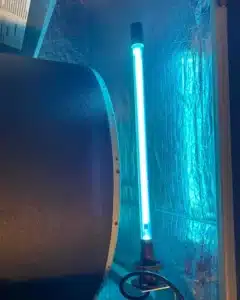Choosing the Right AC System for Your Home’s Size
Choosing the right air conditioning system for your home is...
Ductless air conditioning systems, also known as ductless mini-split systems, have gained popularity in Florida for their versatility and energy efficiency. These systems offer an alternative to traditional central HVAC systems by providing targeted cooling (and heating, in some models) without the need for ductwork. Here’s a detailed overview of how ductless HVAC systems work and their key benefits.
Ductless HVAC systems consist of two main components: an outdoor compressor unit and one or more indoor air-handling units (evaporators). Unlike central air conditioning systems that rely on ductwork to distribute cooled air, ductless systems deliver conditioned air directly into specific zones or rooms.
Ductless HVAC systems offer a flexible and efficient cooling (and heating) solution for homes and businesses in Florida. Whether you’re looking to retrofit an older home without existing ductwork or seeking to improve energy efficiency and comfort, ductless systems provide a reliable alternative. Contact our HVAC experts to learn more about how a ductless system can benefit your specific needs and enhance indoor comfort throughout the year.

Choosing the right air conditioning system for your home is...

Indoor air quality is a critical factor in maintaining a...

Maintaining clean and healthy indoor air is increasingly important, especially...

Maintaining the right level of humidity in your home can...

Air conditioning is essential in Florida’s hot and humid climate,...

Air conditioning is critical in Florida’s hot and humid climate....